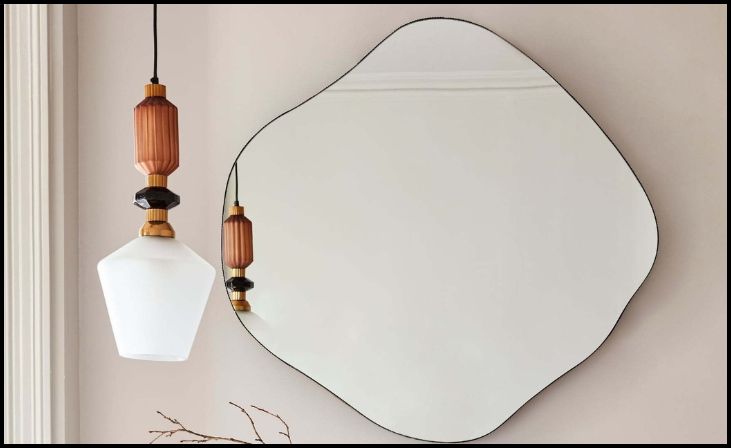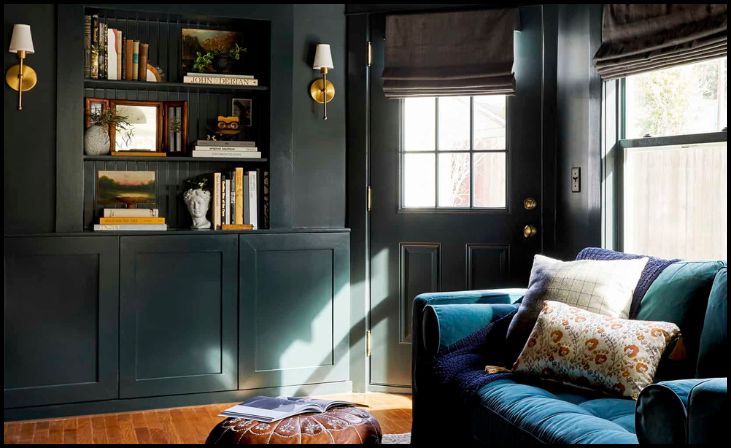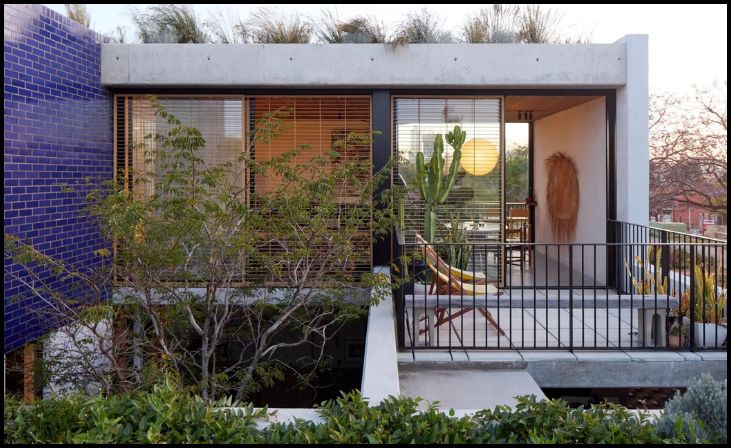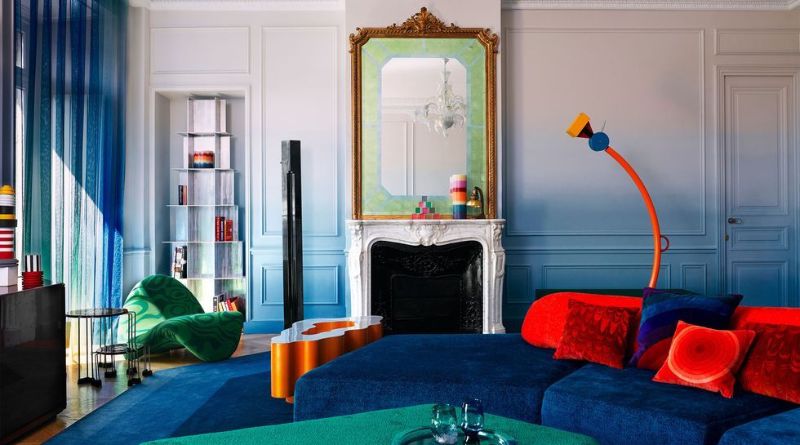Living in a small space can present a unique set of challenges, but it also offers an opportunity to get creative and make every inch count. Here are ten must-follow rules to help you transform your small space into a beautiful, functional haven.
1. Maximize Light with Mirrors

One of the easiest ways to make a small space feel larger and more inviting is to maximize light. Mirrors are your best friend here. Use reflective surfaces like gilded and faux bronze mirrors to enhance the natural light in your space. Glass accents, such as vases and cloches, also contribute to an open, airy atmosphere. By strategically placing mirrors and reflective items, you can brighten up the darkest corners and make your space feel more expansive.
2. Prioritize “Everyday” Over “Someday”
In a small space, every piece of furniture needs to earn its keep. Opt for practical furniture that suits your daily needs rather than reserving large pieces for rare occasions. For instance, an antique wicker desk can serve as a dining table, workspace, and storage solution all in one. By choosing versatile, everyday furniture, you ensure that your space remains functional and uncluttered.
3. Add Thoughtful Pops of Color
Adding pops of color can bring warmth and personality to your small space. Use wicker baskets, greenery, and richly hued mats to break up monochromatic palettes and add visual interest. Thoughtful use of color can prevent your space from feeling too sterile and create a more inviting environment.
4. Decorate Every Last Inch
In a small space, no corner should go to waste. Utilize beadboard paneling and open shelving to turn utilitarian spaces into aesthetically pleasing areas. Clear canisters and wicker bins provide visible storage while adding to the overall decor. By decorating every last inch, you maximize your space’s potential and keep it looking stylish and organized.
5. Choose Cohesiveness Over Convention
Don’t be afraid to incorporate elements of design typically reserved for more formal areas into unconventional spaces. Adding a chandelier or an oil painting to your kitchen, for example, can create a cohesive design throughout your home. This approach helps maintain a unified aesthetic, making the entire space feel more intentional and thoughtfully designed.
6. Go Dark in the Smallest Space

While it might seem counterintuitive, using a dark, vibrant paint color in a small room can make it feel cozy rather than claustrophobic. A rich navy or deep charcoal can add depth and warmth. Complement the dark walls with personal, well-chosen items that add character without cluttering the space. This bold choice can create a dramatic and intimate atmosphere.
7. There’s Always Room for What You Love
In a small space, it’s essential to surround yourself with things you love. Create gallery walls from crown molding to baseboards to display cherished artwork and photos. Utilize thrifty finds to decorate stylishly and affordably. By prioritizing personal items, you can make even the smallest space feel uniquely yours.
8. Create Space When There Is None
In tight spaces, sometimes you need to think outside the box. Replacing doors with curtains can improve traffic flow and create a more open feel. Curtains take up less space and can be drawn back to make rooms feel connected. This simple change can make a significant difference in how spacious your home feels.
9. Add Width with Stripes
Using graphic black-and-white stripes can bring visual interest and perceived width to narrow spaces, such as porches or hallways. Horizontal stripes can make a room appear wider, while vertical stripes can add height. This optical illusion is a great way to manipulate perceptions of space without making any structural changes.
10. Embrace the Outdoors

Integrate outdoor living into your daily routine to make the most of all available space. Practice yoga in the garden, dry laundry outside, or set up a small seating area to enjoy the fresh air. Embracing the outdoors allows you to enjoy natural scents and the simplicity of less-is-more living, making your home feel larger and more connected to its surroundings.




